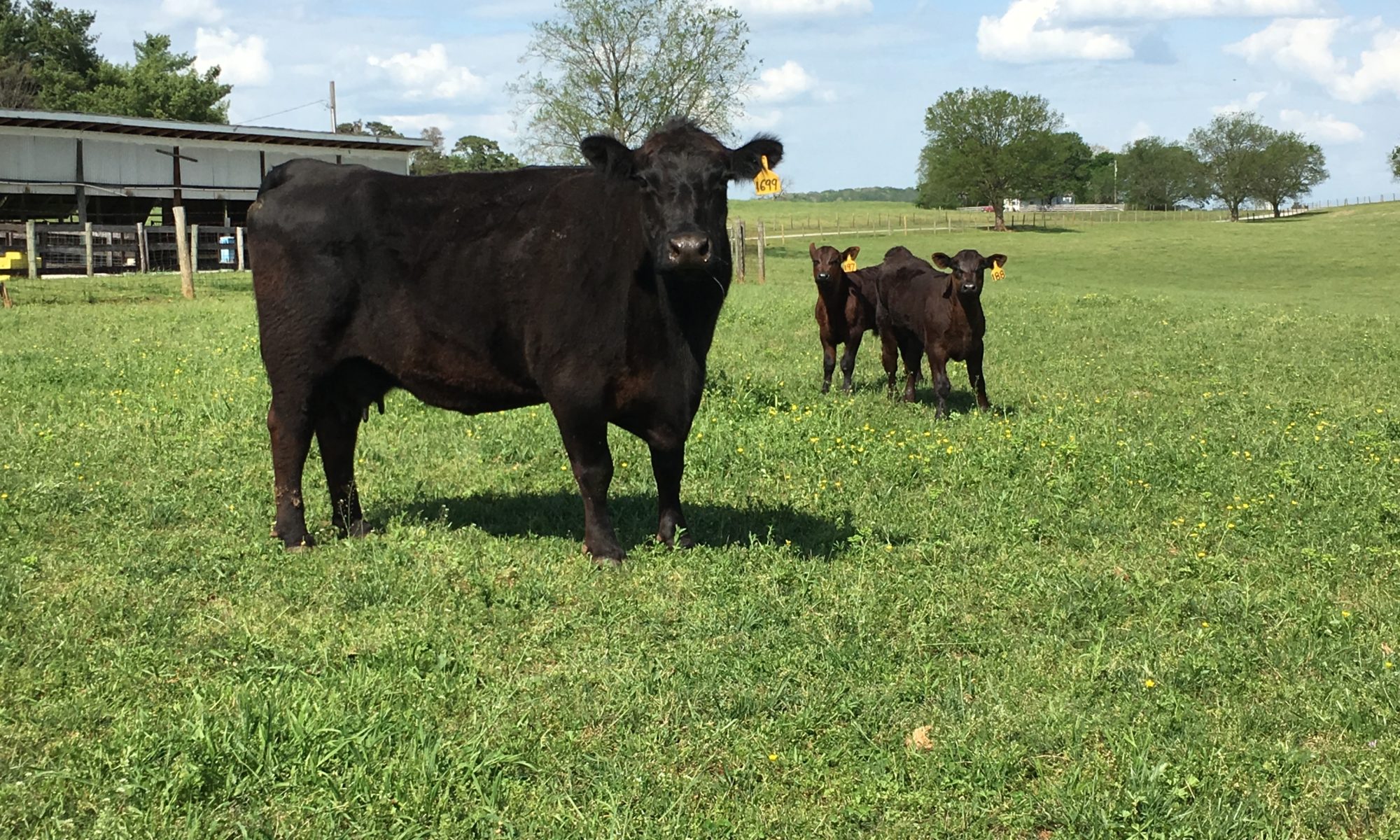

Dr. Andrew Griffith
Assistant Professor
Department of Agricultural and Resource Economics
P: 865-974-7480
This article is being written with the thought of being prepared, because it is never too early to prepare for something that is certain to occur. For instance, if a person drinks a lot of water then more than likely they will have to urinate soon. Thus, that person may decide to use the restroom before getting in a vehicle for a long ride. Another example is for people who fertilize and water their lawn. These people should be prepared to mow their lawn more regularly than those who do not fertilize and water their lawn. However, this article is for longer term planning than those examples.
There has been considerable attention devoted to cattle prices in the near term and the expectation that prices will increase in 2023 and most likely a couple of years after that. These expectations are based on increased heifer and beef cow slaughter that are sure to reduce the beef cow breeding herd moving into 2023, which then means a smaller calf crop in 2023 and 2024 relative to 2022. If regions of the country who have been forced to reduce beef cattle herd sizes due to drought begin recovering from that drought then more heifers will be retained to breed, which will further reduce the number of cattle available to enter the feedlot.
All of these factors add up to the expectation of higher prices in the near term and eventually prices beginning to decline. The longer the drought persists and more females are slaughtered the quicker prices will escalate when industry participants are able to begin retaining heifers for breeding. The idea of higher cattle prices is welcomed by many cattle producers, but the other side of the coin is prices will also decline at some point. Thus, this is where cattle prices and rockets have some similarities and differences. The primary similarity is what goes up must come down. A difference is a rocket typically goes up in its planned trajectory and then comes down on a similar trajectory while cattle prices may or may not do such a thing.
The trajectory of cattle prices increasing or decreasing is not known nor is the exact timing of the beginning, middle or end. However, there may be something to learn from the last time cattle prices shot up like a rocket and then fell like a lifeless box of rocks. In June 2013, the CME feeder cattle index price began to increase. Prices increased from $131 per hundredweight to $245 per hundredweight in December 2014. The index then spent the next two years declining and finally found a bottom near $125 per hundredweight. From the end of 2016 to July 2022, the CME feeder cattle index price traded in a range of $114 to $170 per hundredweight with most of that time spent below $150. Thus, the price decline resulted in lower prices than where the market started before it increased and then it was underwhelming for several years.
What does this mean for the current environment? Prices are again likely to escalate and do so quickly as soon as heifer retention starts. How high prices will go and how fast is not known but two years of increasing prices are realistic. A third year of high but softening prices is also realistic. The issue comes in when the discussion moves past year three and how to manage for lower cattle prices in 2026 and beyond. This may look different for many people, but there is planning to be done.
First, producers should not plan on spending all profits on assets such as machinery or a new truck to reduce the income tax burden. Some of these profits may be needed four or five years down the road for operating capital. Second, do not expect prices to remain elevated forever. This leads to poor decision making. Third, there is nothing wrong with slowly reducing the herd size during a period when cattle prices are high, because females can be purchased to grow the herd when prices are much lower. Fourth, use the higher profit years to upgrade farm infrastructure including fences, working facilities and renovating perennial pastures. Lastly, remember to enjoy the good times, because they make the difficult times more bearable.
